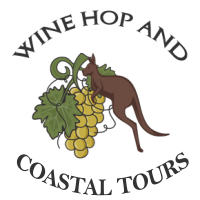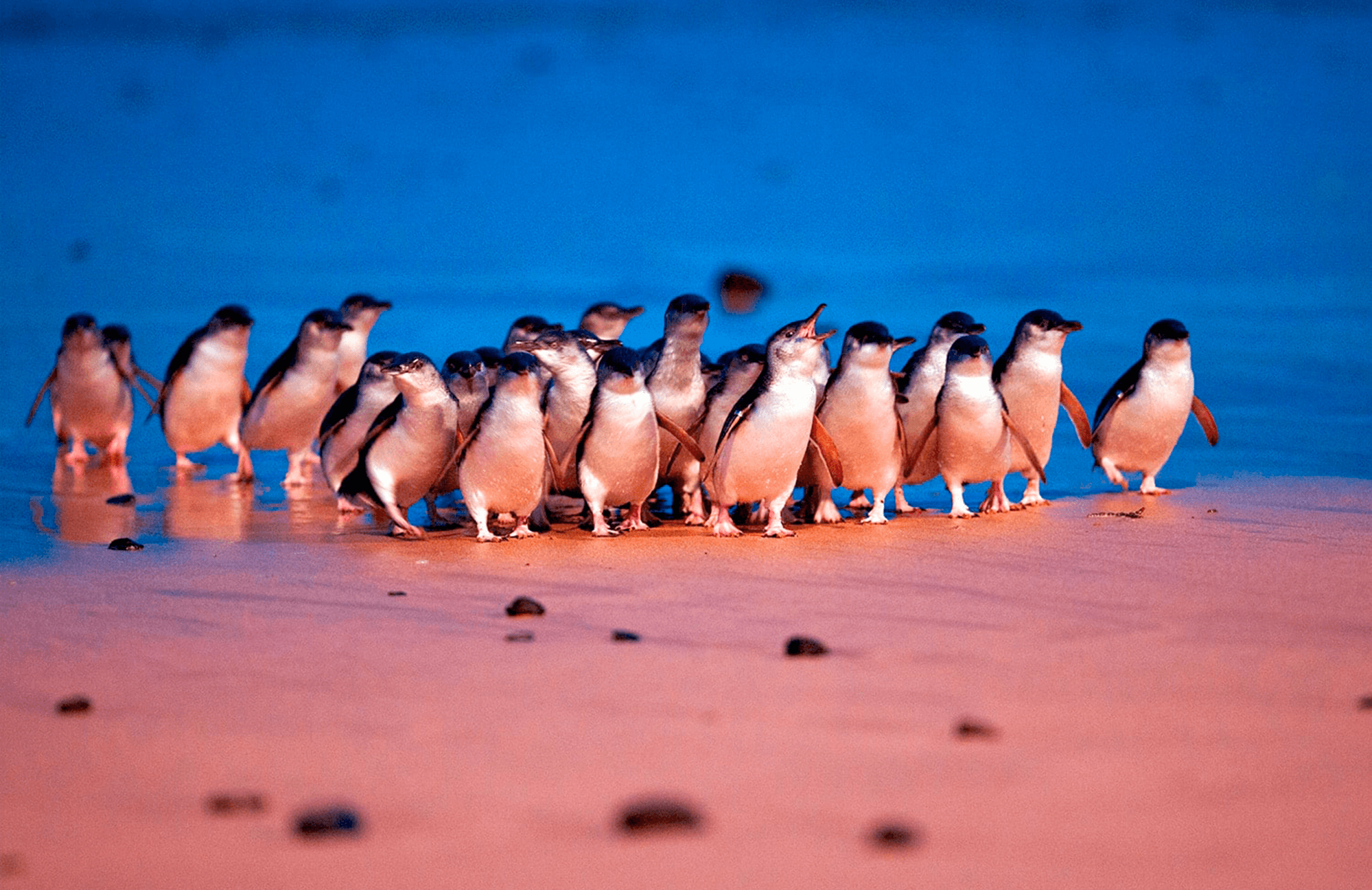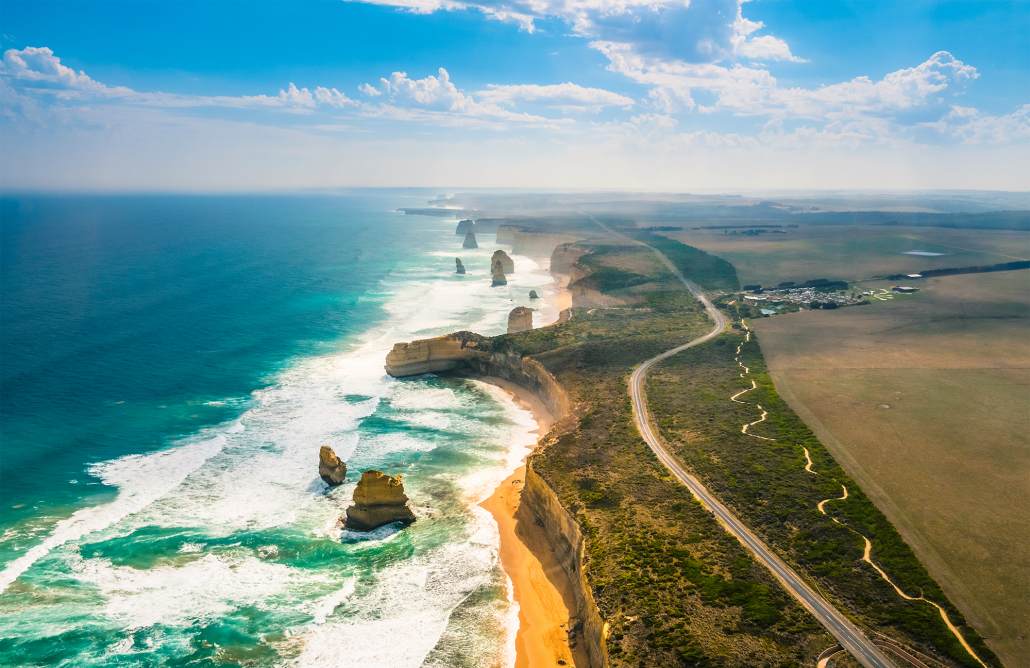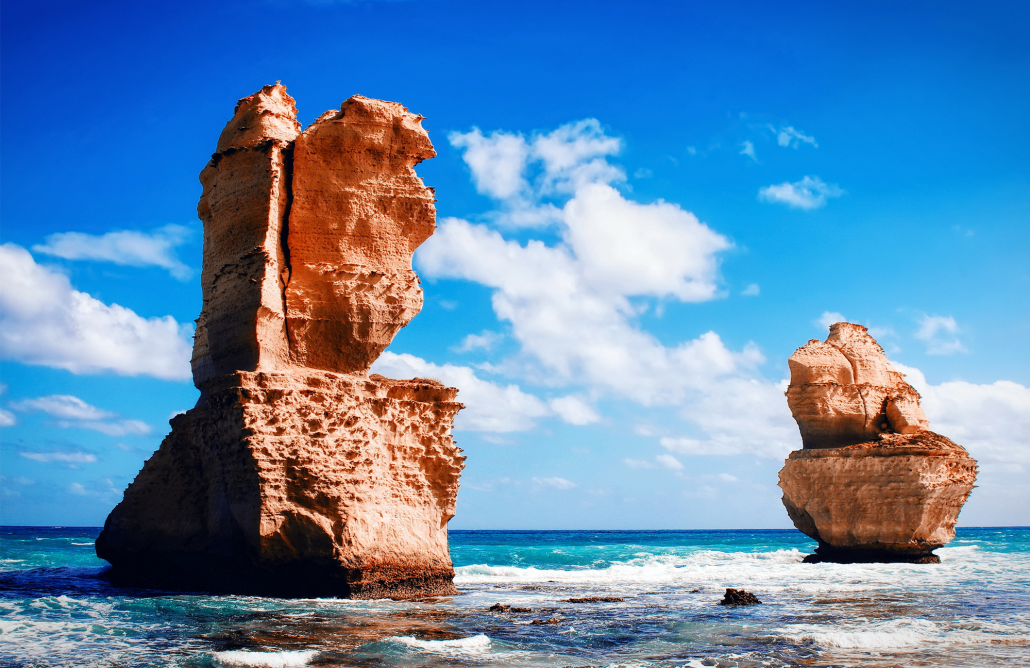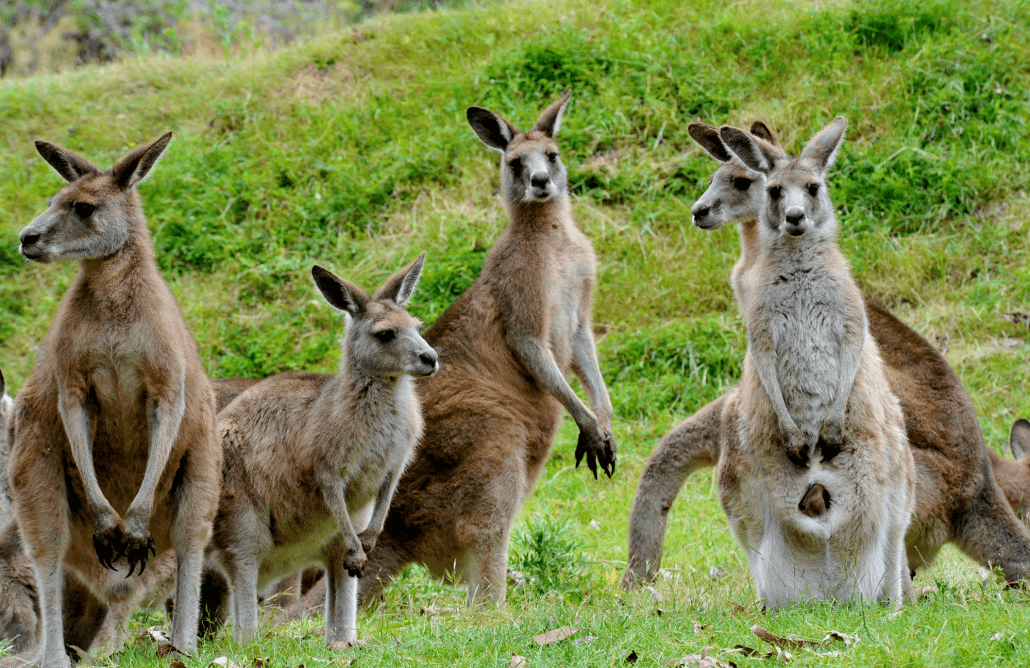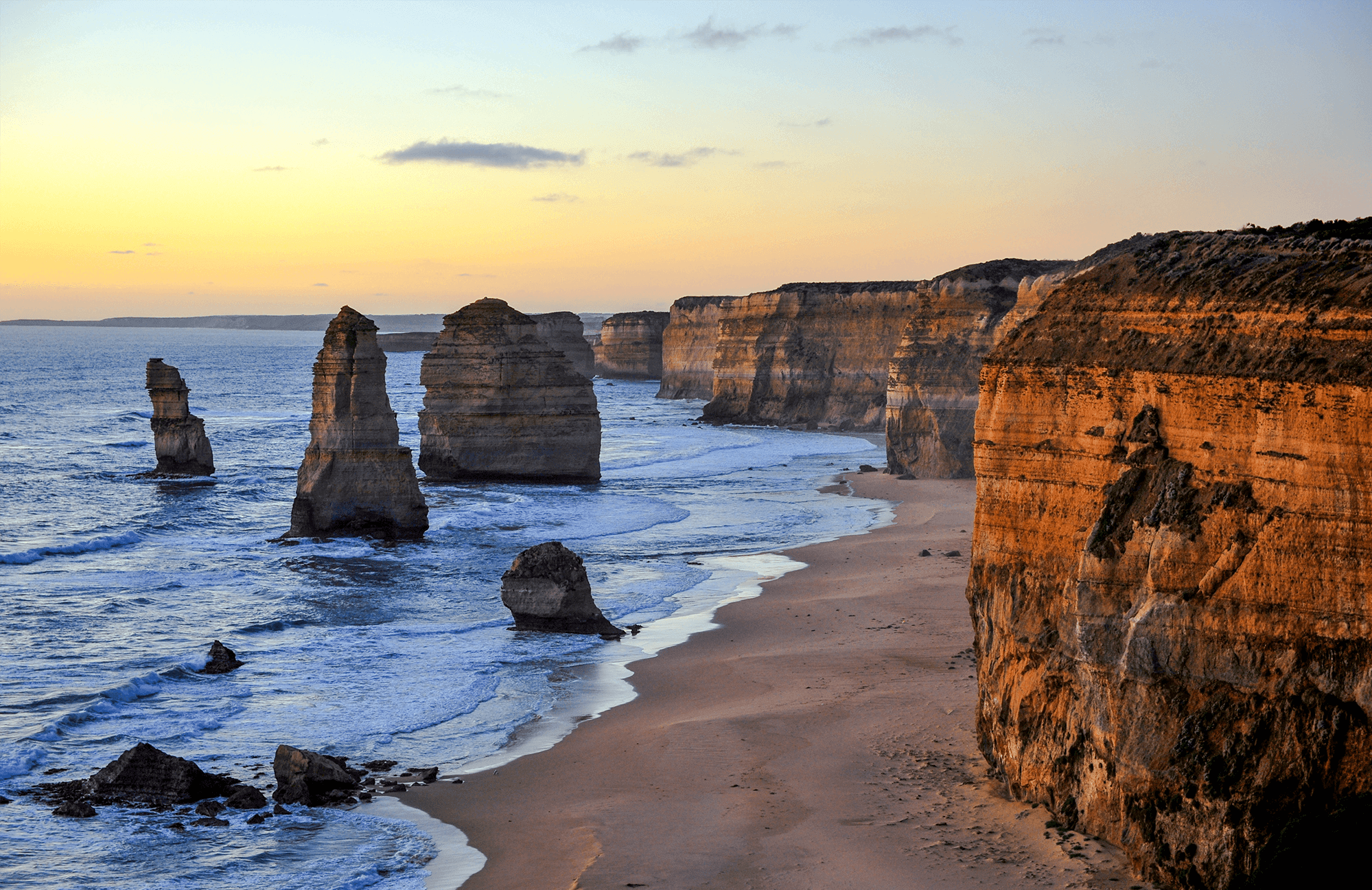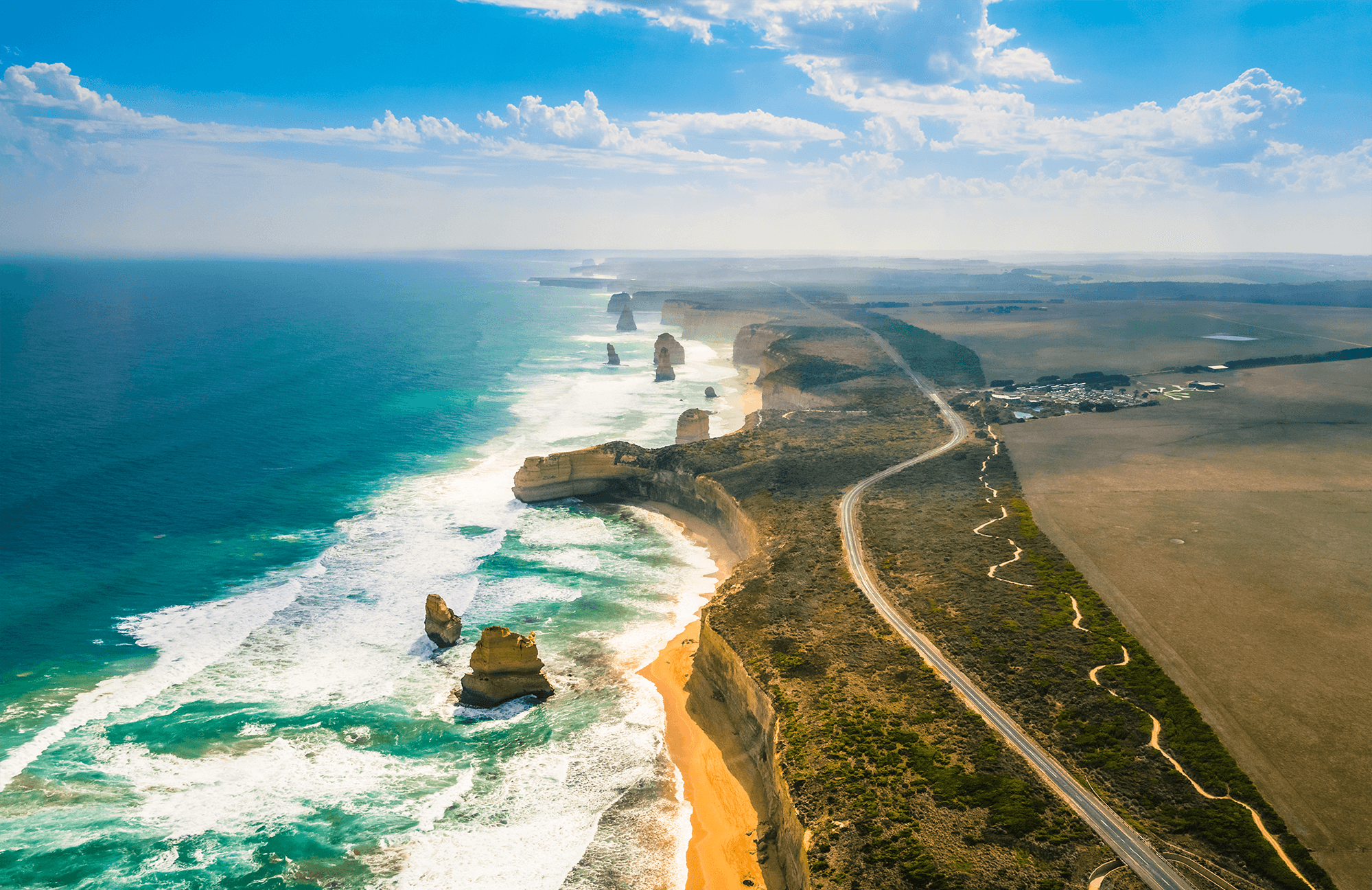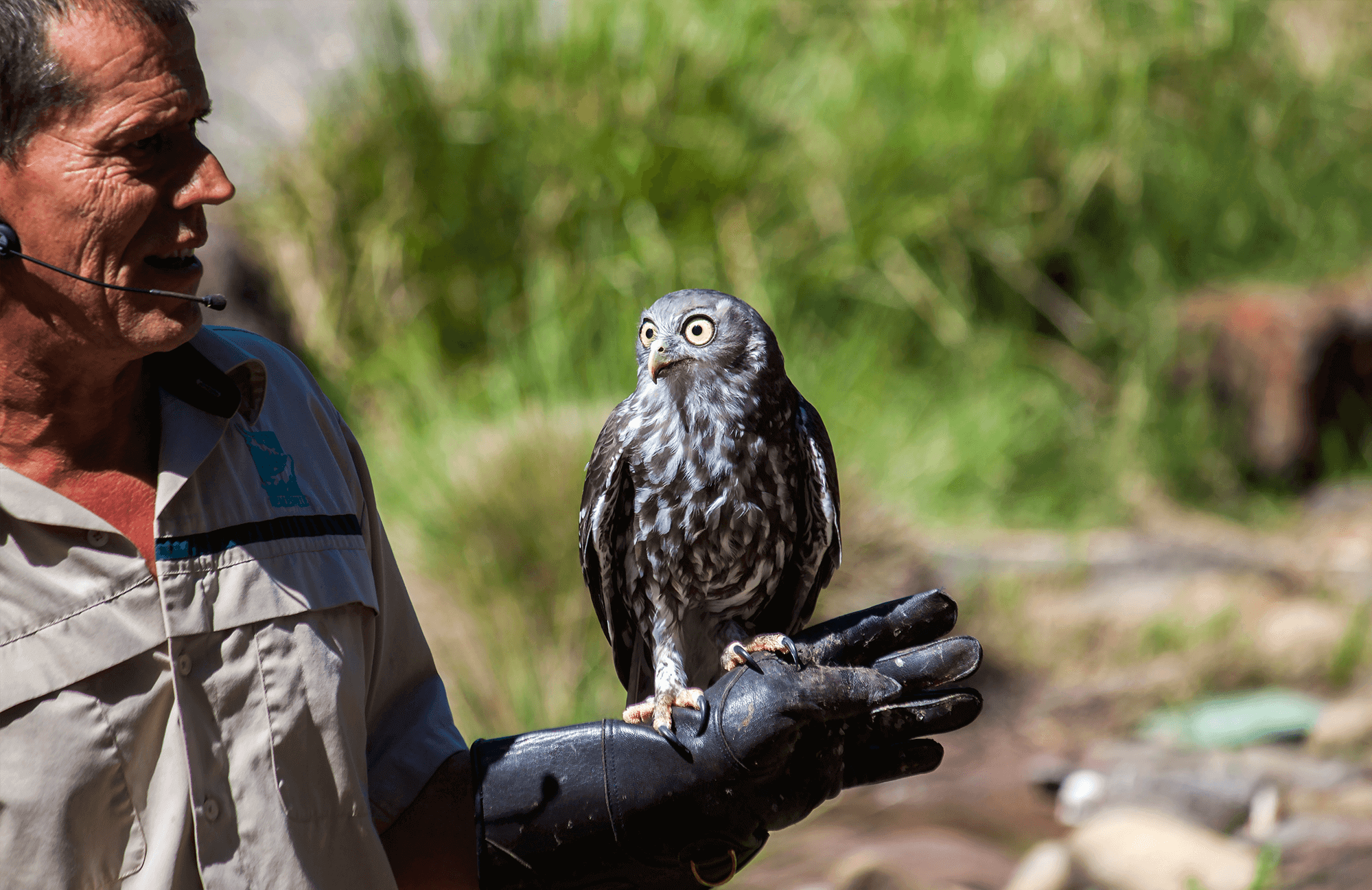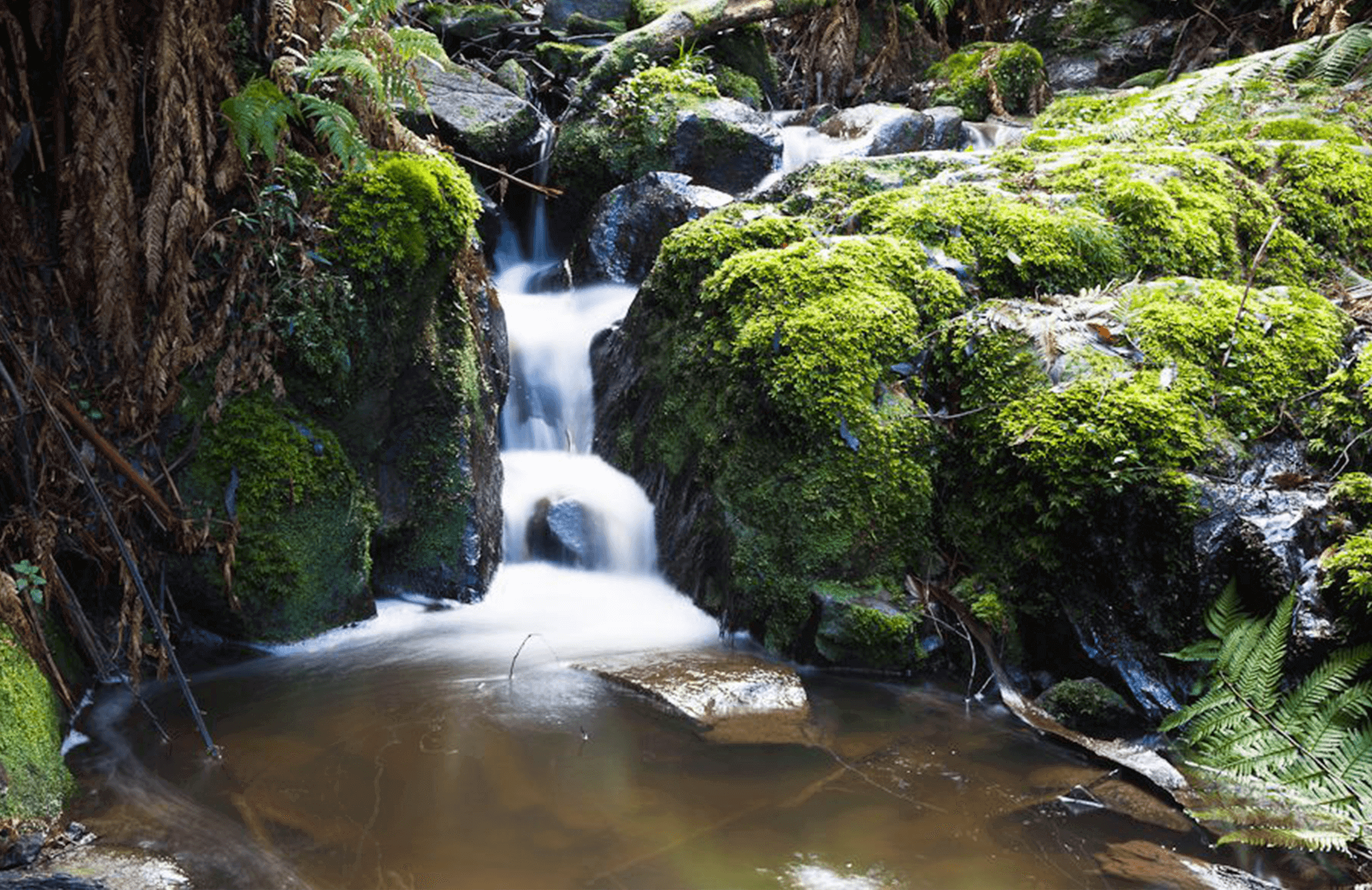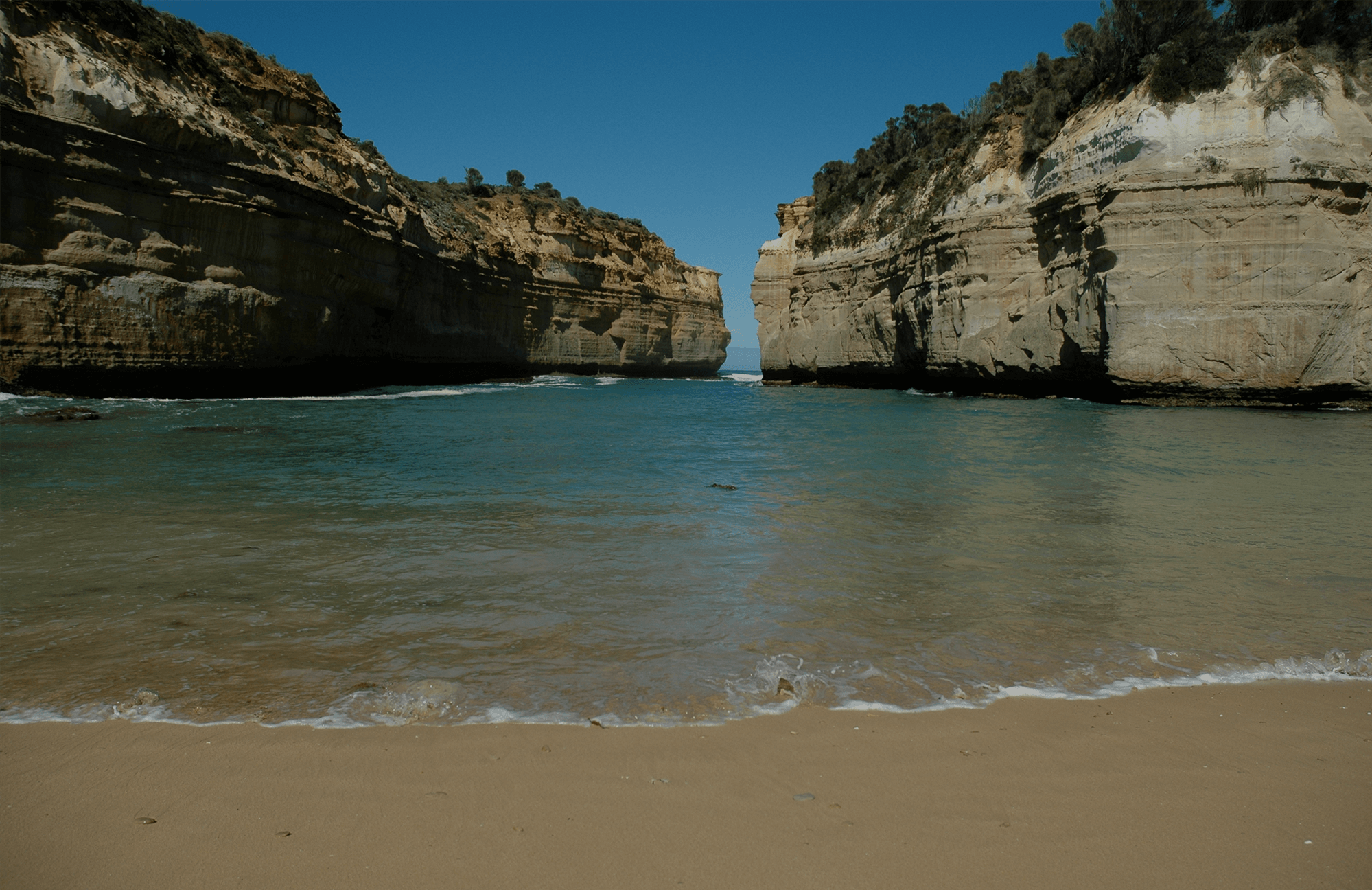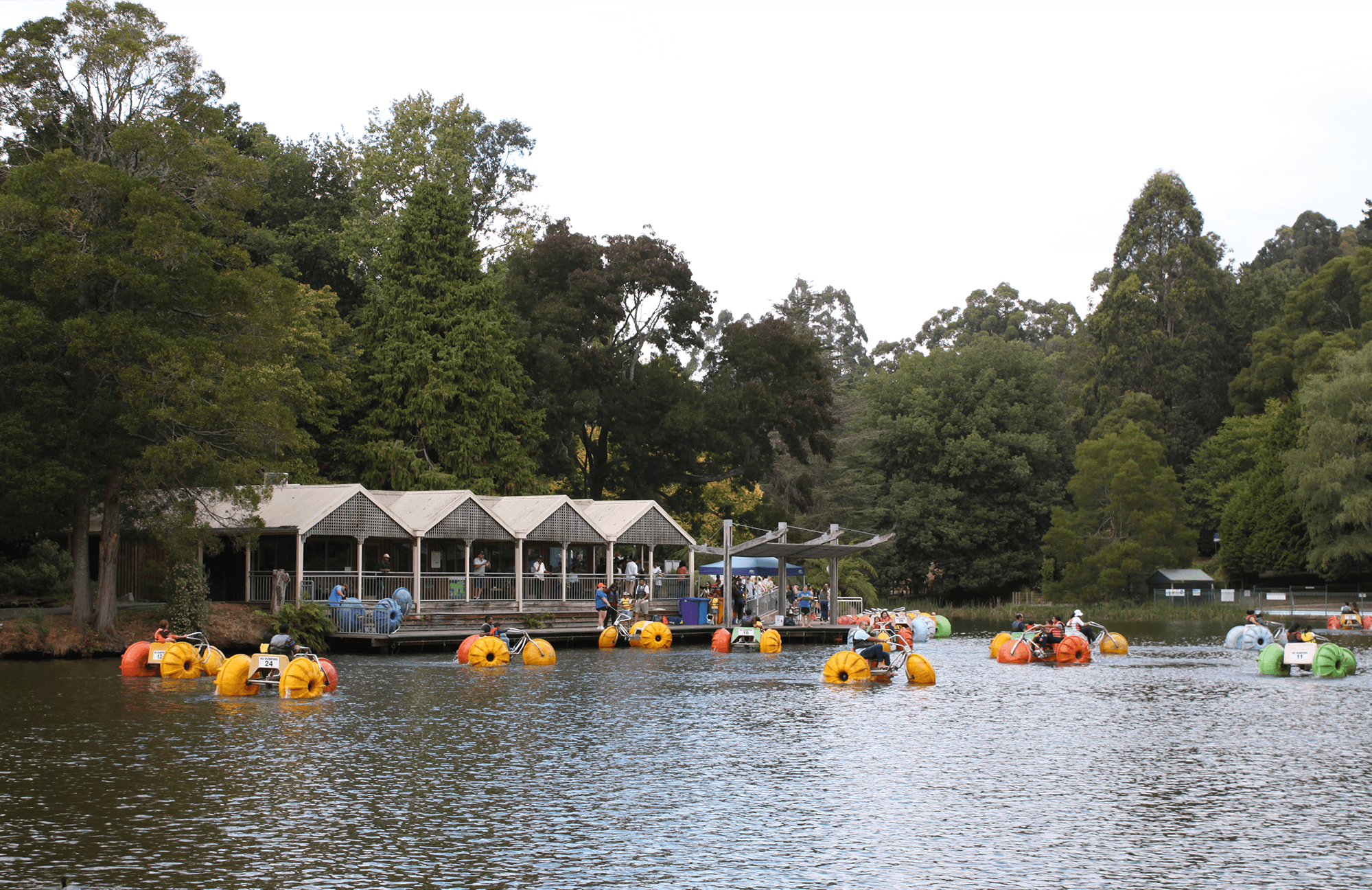Yarra Valley & Dandenong Ranges Tour

Yarra Valley & Dandenong Ranges Tour
The Dandenong Ranges (commonly just The Dandenongs) are a set of low mountain ranges, rising to 633 metres at Mount Dandenong, approximately 35 km (22 mi) east of Melbourne, Victoria, Australia. The ranges consist mostly of rolling hills, steeply weathered valleys and gullies covered in thick temperate rainforest, predominantly of tall mountain ash trees and dense ferny undergrowth.
After European settlement in the region, the range was used as a major local source of timber for Melbourne. The ranges were popular with day-trippers from the 1870s onwards. Much of the Dandenongs were protected by parklands as early as 1882 and by 1987 these parklands were amalgamated to form the Dandenong Ranges National Park, which was subsequently expanded in 1997. The range receives light to moderate snowfalls a few times in most years, frequently between late winter and late spring.
The etymology of the Dandenongs is a complicated one. Two names have been used to refer to the ranges; Corhanwarrabul and Dandenong, both derived from the Woiwurrung language of the Wurundjeri people. It is thought that the name Dandenong was applied to the ranges due to being the origin of the Dandenong Creek; however, the original name for Dandenong Creek was Narra Narrawong. The origin of the name Dandenong is unknown, as is its meaning or correct spelling with other variations include; Tanjenong, Tangynon and Bangeong. In any case, both names relate to watercourses rather than mountains or ranges, as indicated by the ong ending. Given that the name Dandenong may not apply to anything in the immediate area, the relevance of the name Corhanwarrabul becomes apparent. Carhanwarrabul (pronounced either "corhan-warrabul" with a silent "h", or "cor-hana-warrabul") or Koran warrabin[1] was the original name for one of the two main summits, perhaps both or perhaps the entire range. The name applied to the main summits and was in continued use up until around 1900, when the name Dandenong appeared. At any rate, Corhanwarrabul remains the most relevant name for the ranges to date.
The range is the remains of an extinct volcano last active 373 million years ago. It consists predominantly of Devonian dacite and rhyodacite.
The topography consists of a series of ridges dissected by deeply cut streams. Sheltered gullies in the south of the range are home to temperate rain forest, fern gullies and Mountain Ash forest Eucalyptus regnans, whereas the drier ridges and exposed northern slopes are covered by dry sclerophyll forest of stringybarks and box. The entire range is highly prone to bushfires, the most recent of which have been the 1983 Ash Wednesday bushfires, the 1997 Dandenong Ranges bushfires and small fires during the Black Saturday bushfires in 2009.
The Dandenong Ranges are home to a variety of native Australian mammal, bird, reptile and invertebrate species. Well-represented bird species include the Sulfur-crested cockatoo, Superb lyrebird, Laughing kookaburra, and Crimson Rosella. Mammals include the Short-beaked echidna, Common wombat, Sugar glider, and Swamp wallaby. Invertebrates include two species of burrowing crayfish.
Emerald Lake (Lake Treganowan) offers barbecue facilities, children's playgrounds, a pool, paddle boats, walking tracks, fishing, Environment Centre, model railway, café, and a railway station on the Puffing Billy Railway.
Emerald Lake and its nearby park was originally a part of the historic Nobelius Nursery. This nursery was actually started during the 1890s with the planting of fruit and ornamental trees. As the lake area is rich in soil, the agricultural and horticultural growth was abundant. In 1941, the 50 hectares of land belonging to the original nursery was later opened as a public park. Today, Emerald Lake and its park are two popular tourist attractions within the Dandenong Ranges, with the Puffing Billy scenic railway line nearby along with the Emerald Lake Model Railway. Set within the hillside and native bushlands, the lake offers a number of scenic picnic grounds and walking trails, where you can picnic and take part in various outdoor activities. Many people come to Emerald Lake for fishing as there is an abundance of rainbow trout within its waters.
The Yarra Valley is the region surrounding the Yarra River in Victoria, Australia. The river originates approximately 240 km (150 mi) east of the Melbourne central business district and flows towards it and out into Port Phillip Bay. The name Yarra Valley is used in reference to the upper regions surrounding the Yarra River and generally does not encompass the lower regions including the city and suburban areas, where the topography flattens out, or the upper reaches which are in inaccessible bushland. Included in the Yarra Valley is the sub-region of the Upper Yarra Valley which encompasses the towns of the former Shire of Upper Yarra in the catchment area upstream of and including Woori Yallock. The Yarra Valley is a popular day-trip and tourist area, featuring a range of natural features and agricultural produce, as well as the Lilydale to Warburton Rail Trail.
The Yarra Valley is host to a thriving wine growing industry. The area's relatively cool climate makes it particularly suited to the production of high-quality chardonnay, pinot noir and sparkling wine. Yarra Valley towns fall under the Nillumbik and Yarra Ranges Shire Councils. Major towns include Coldstream, Yarra Glen, Healesville and Warburton.
The Yarra Valley is an Australian wine region located east of Melbourne, Victoria. It is a cool climate region that is best known for producing Chardonnay, sparkling wine and Pinot noir. Its proximity to the urban centre and high profile wineries have made it an important destination for enotourism, receiving over 3.1 million visitors in 2011
It’s the birthplace of Victorian wine, in 1838 the first vines were planted. It’s a hub for innovation and home to some of the most progressive, dynamic winemakers in the world. Only an hour’s drive from the heart of Melbourne, the Yarra Valley is an epicurean adventure for those with a passion for wine, food and breathtaking landscapes. It’s an unforgettable experience where craft and country come together to create cool-climate quality of international renown.
Over eighty wineries span the Yarra Valley, each of which express the diversity of its terroir, the passion of its producers, a mastery of traditional practices and a rebellious instinct to push the boundaries. No other region in the world can boast the same consistent quality found in this internationally awarded range of wine varieties, which includes Chardonnay, Pinot Noir, Cabernet Sauvignon and – Australia’s best-kept secret – the Yarra Valley Shiraz. And with plenty of emerging varietal wines gaining popularity and prestige, there’s something for everyone in the Yarra Valley.
Since the mid 80s the Yarra Valley has experienced solid growth and is now recognised as one of the worlds premium cool climate wine regions. Due to our regions varied microclimates the Yarra Valley has the ability to produce outstanding examples of (but not limited to) Sparkling Wines, Riesling, Chardonnay, Rosé, Pinot Noir, Shiraz (Syrah) and Cabernet Sauvignon.
Fun Fact: The Yarra Valley food bowl produces 78% of Victoria’s Strawberries! It is brimming with local food producers offering orchards of cherries, apples, stone fruit and berries, vegetables, cheeses, poultry, ice creams, chocolates, artisan breads and an array of specialty seasonal produce introduced to the region from generations of immigrant settlers, such as pasta, chilli, capsicum, persimmons, smoked fish, and salmon.
You’ll be welcomed with free tastings and a spectacular showroom choc filled with thousands of handcrafted chocolates and artisan ice creams, plus a 200 seat Cafe serving an all day menu of breakfast, lunch and decadent desserts a specialty. Explore the 40 acres of landscaped grounds, orchard and wetlands area, watch European Chocolatiers at work, discover thousands of handcrafted chocolates from signature truffles to traditional favourites. The care taken to create the Chocolaterie’s collection extends to where and how chocolate is sourced – every step of the process and everyone involved. That’s why the Chocolateries are proudly part of the Cocoa Horizons program that supports farmers and their communities, ensuring their cocoa is sustainably sourced.
